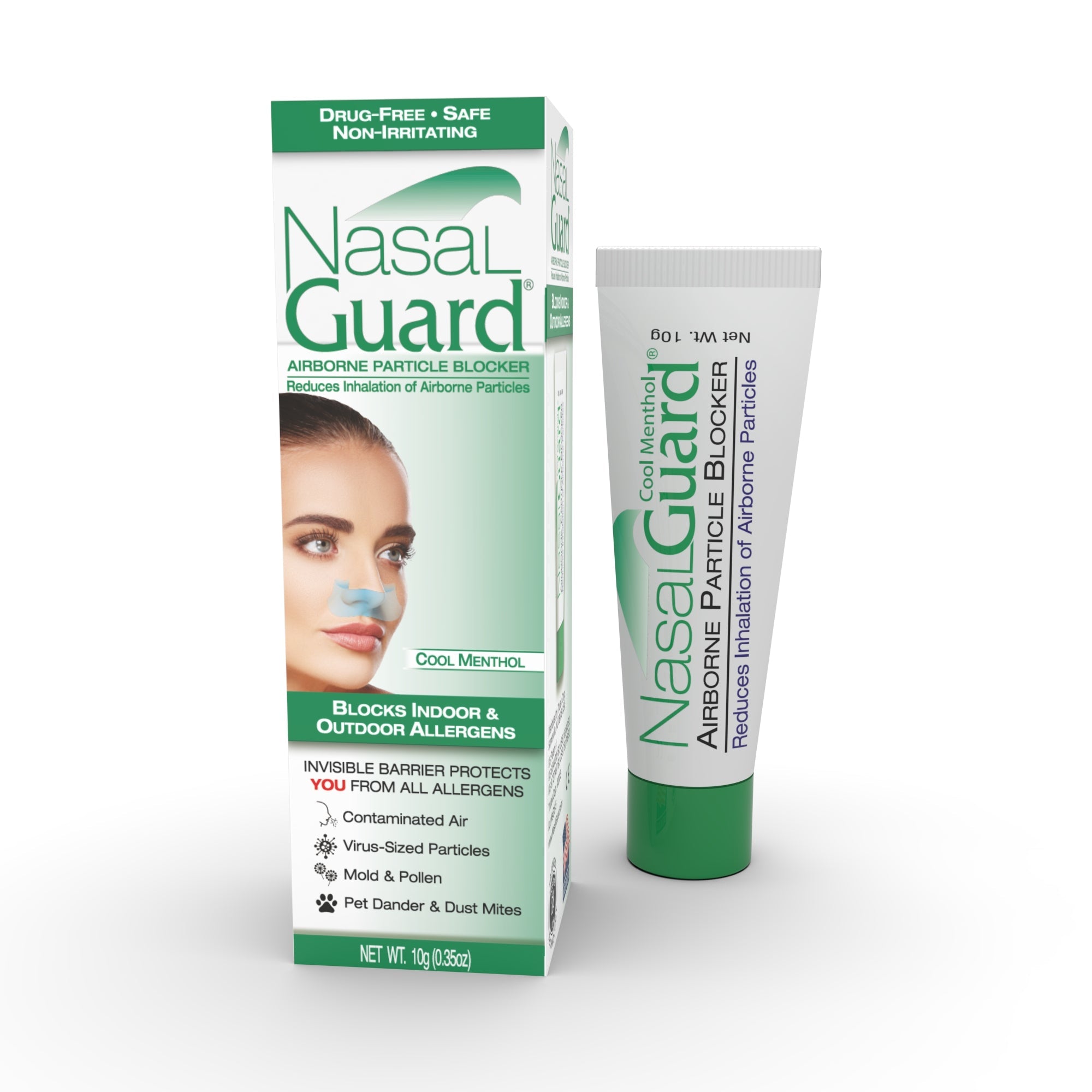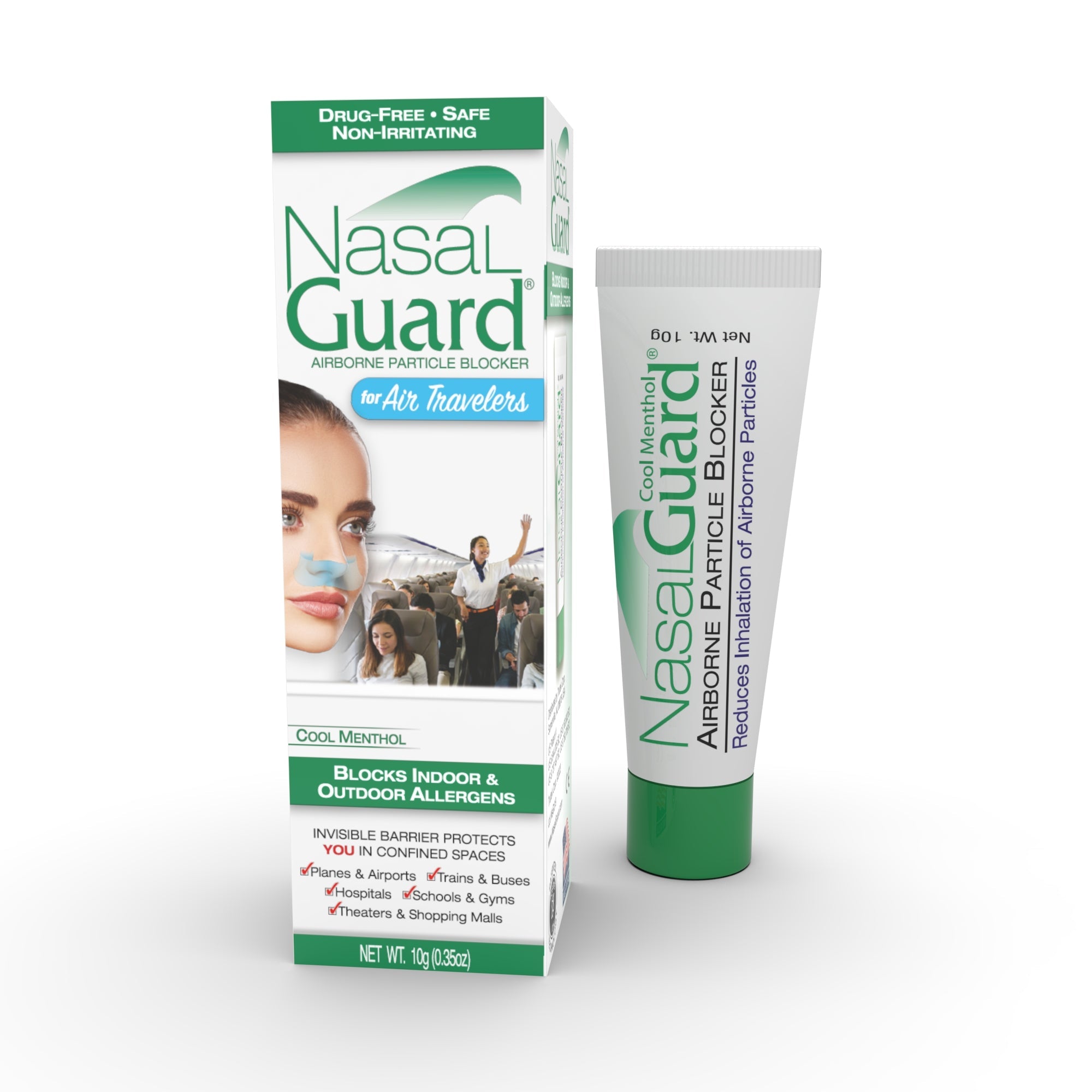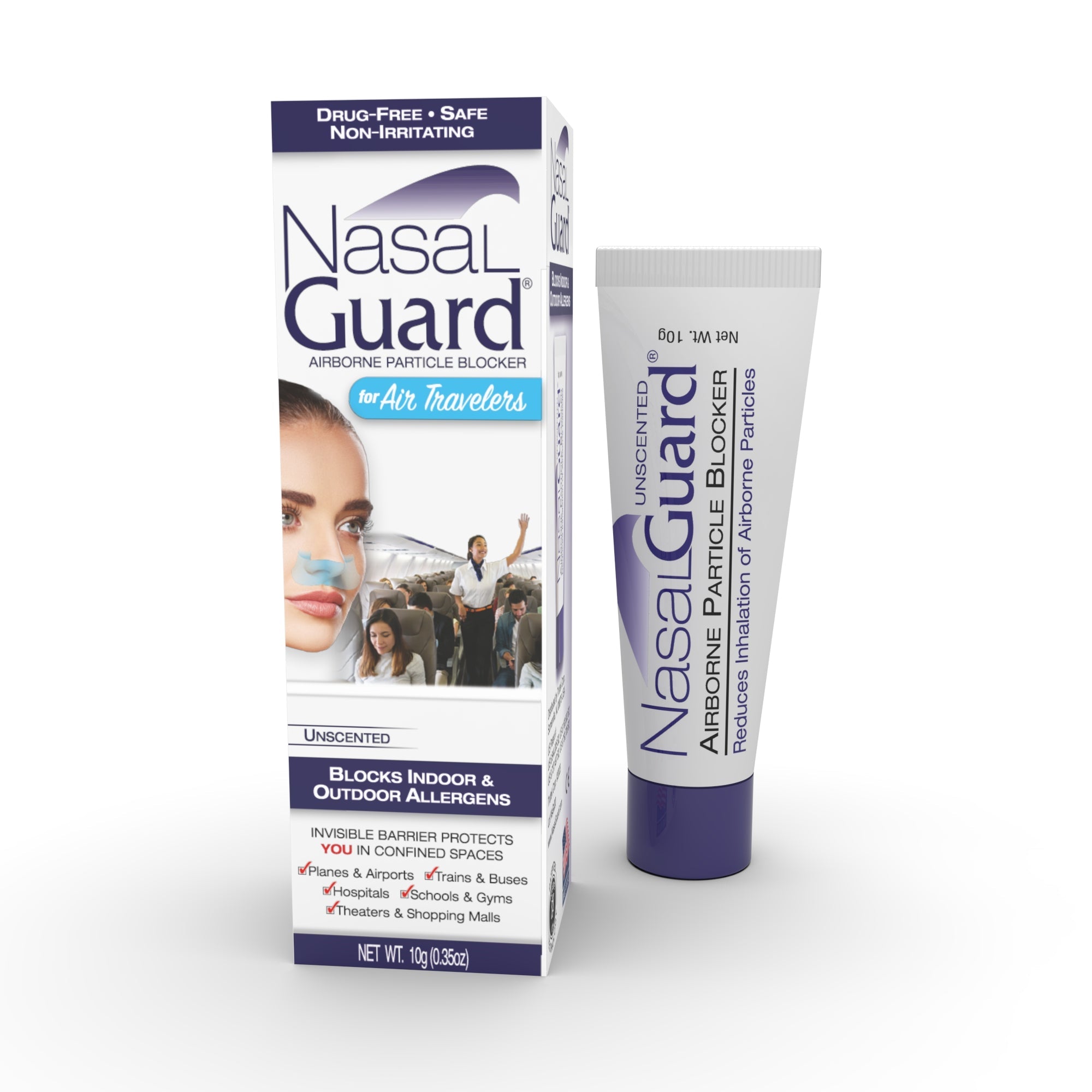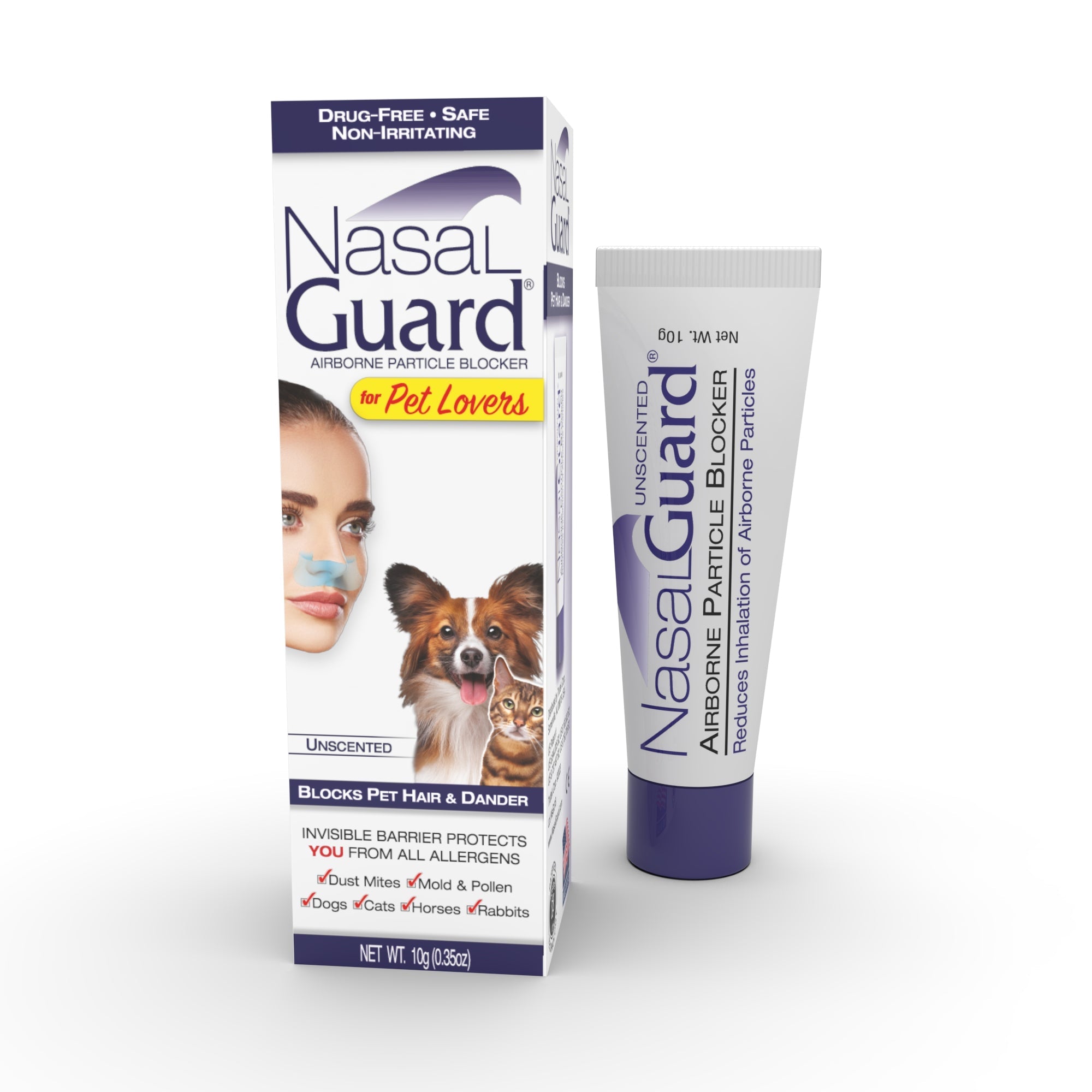
Though most people think of outdoor pollution and smog when they think about air pollution, contaminated air is a concern in indoor spaces, particularly those in which people spend a great deal of time. The U.S. Environmental Protection Agency studies show that some indoor environments may actually have poorer air quality than outdoor ones.
Poor indoor air quality can sometimes be all too apparent, such as when you're breathing in car exhaust fumes while stuck in traffic, or in a high-risk space like a hospital or a school filled with young children.
However, you may be surprised to learn that the air in some of the spaces in which you spend a great deal of time, like your home or your office, may also be filled with harmful airborne particles, completely undetectable to you.
What affects indoor air quality?
Indoor air quality is affected by a complex combination of factors including building design materials, maintenance, ventilation, cleaning products, and even temperature and moisture levels. Also contributing to contaminated air are particles released while cooking, burning candles or fireplaces, and even pet dander and particles shed from our own skin. Indoor air quality is especially of concern in confined spaces or spaces where a large number of people spend a lot of time, like on public transportation, at home, or in office buildings.
What is the impact of contaminated air on your health?
The impact of poor air quality on our health varies from person to person. For some who are already sick, especially with cardiovascular or respiratory-related ailments, contaminated air can make symptoms worse. Contaminated air can also have a negative affect on others with reduced immune systems, like the very young or elderly. For others of us, we may not notice the effect of poor air quality on our health until we have spent years, or even decades, breathing in contaminated air.
Take Charge of Your Health
NasalGuard® is an over-the-counter gel that utilizes groundbreaking electrostatic technology to block common airborne pollutants from entering your system. Simply apply 1-2 drops of NasalGuard® around the outside of your nose every six hours for maximum protection!






